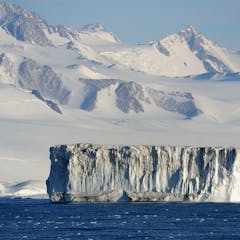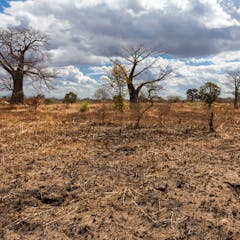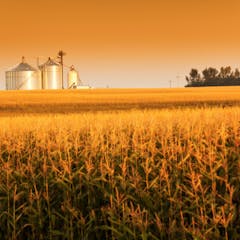
Articles on El Nino
Displaying 1 - 20 of 199 articles

Spring 2024 was menacing for large parts of the US, with a tornado nearly every day in May. Tornado outbreaks tore up communities across multiple states.

The El Niño drought in Malawi decimated the maize harvest this year. It has left the country with few options other than importing food.

NOAA issued its busiest preseason hurricane forecast yet, with the second highest accumulated cyclone energy. An atmospheric scientist explains what’s behind the numbers.

Sweet sorghum has multipurpose post-harvest uses. It can produce grains, animal feed and sugary juice, making it unique among crops.

Vertical wind shear can keep tropical storms in check, particularly during El Niño years. When El Niño is gone, it’s a different story.

Option price swings show how much traders believe seasonal climate and weather matters for all sorts of industries, not just the ones you might expect.

After a year of record-breaking global heat with El Niño, will La Niña bring a reprieve? That depends on where you live and how you feel about hurricanes.

A powerful storm system produced dozens of destructive tornadoes over three days that tore apart homes in Oklahoma, Nebraska and Iowa. A meteorologist explains the conditions that fueled them.

Lake Kariba stretches between Zimbabwe and Zambia. Its residents are bearing the brunt of a climate change-induced drought, with fish supplies dwindling and human-wildlife conflict occurring.

Weather forecasting is improving at a great rate, even though climate change could be making it tougher.

Heat is surging in the world’s oceans. Climate change and El Niño explain part of it – but not all.

El Niño can direct more warm water to the base of West Antarctic ice shelves, accelerating melting and increasing global sea level.

Governments in southern Africa don’t invest enough in weather forecasting and fail to work together to prepare for natural disasters, leaving the most vulnerable exposed to successive droughts.

Projections show that there’ll be Indian Ocean dipoles in the future – and that means more rainy days, and more extreme rainfall.

The whole southern Africa region has taken strain and will see a significant reduction in the volume of the crop produced.

The winds passing over Kenya flow in waves and periodically bring hot weather, the kind that has prevailed recently across east Africa.

The recent Port Hills fires highlight the increasing wildfire risks caused by climate change. Reducing the threat is going to take a shift in strategy, investment and community engagement.

A hot, dry summer on the heels of a wet winter raises the risk of wildfires.

The strong El Niño that started in 2023 will still have big impacts at least through March. Here’s what to watch for next.

Food security experts recommend that rural farmers in Malawi be given access to irrigation systems to free them from reliance on rain, and find ways outside farming to earn an income.
